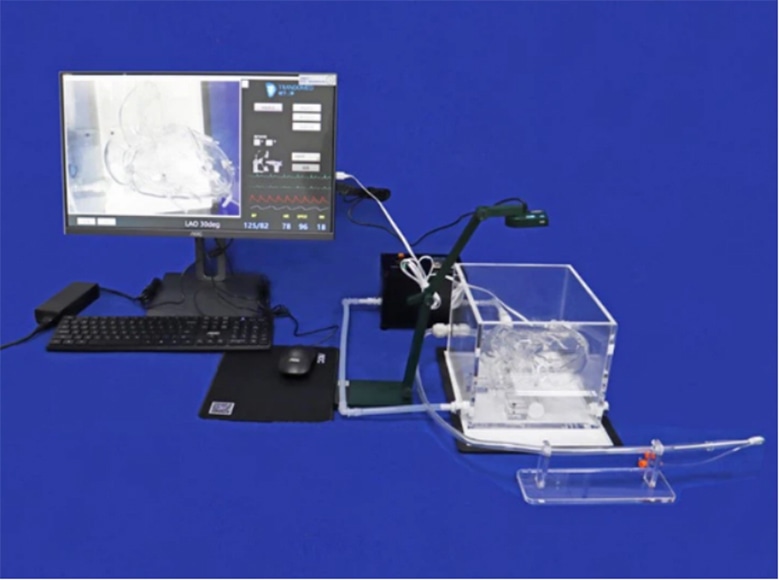
#Industry News
Understanding the Difference Between CABG and PCI: Two Approaches to Treating Coronary Artery Disease
PCI Training Simulator
Introduction:
Coronary artery disease (CAD) is a common condition that affects the blood vessels supplying the heart. Two primary treatment options for CAD are coronary artery bypass grafting (CABG) and percutaneous coronary intervention (PCI). While both procedures aim to restore blood flow to the heart, they differ in their approach and suitability for different patients.
Overview of CABG:
Coronary artery bypass grafting (CABG) is a surgical procedure used to treat CAD. During CABG, a surgeon creates new pathways for blood to bypass blocked or narrowed coronary arteries. Small segments of blood vessels, typically veins from the leg or arteries from the chest or arm, are harvested and attached to the coronary arteries, allowing blood to flow around the blockages. CABG is suitable for patients with complex or multiple blockages, especially when the main arteries of the heart are affected. It can improve blood flow, relieve symptoms, and reduce the risk of heart attack. CABG is an invasive procedure requiring a sternotomy (chest incision) and the use of a heart-lung machine to temporarily take over heart function during surgery.
Overview of PCI:
Percutaneous coronary intervention (PCI), commonly known as angioplasty, is a minimally invasive procedure performed using a catheter-based approach. During PCI, a thin tube with a deflated balloon at its tip is inserted into the narrowed or blocked coronary artery. The balloon is inflated, compressing the plaque against the arterial walls and widening the artery, restoring blood flow. In many cases, a stent (a small mesh tube) is also placed to keep the artery open. PCI is suitable for patients with localized or single blockages. It is less invasive than CABG, typically performed under local anesthesia, and does not require a sternotomy or heart-lung machine.
Key Differences and Considerations:
1.Complexity: CABG is suitable for complex or multiple blockages, while PCI is preferred for localized or single blockages.
2.Invasiveness: CABG is an invasive surgical procedure, whereas PCI is minimally invasive and performed through a catheter.
3.Anesthesia: CABG requires general anesthesia, while PCI is usually performed under local anesthesia.
4.Hospital Stay: CABG generally requires a longer hospital stay compared to PCI.
5.Recovery Time: CABG has a longer recovery period, typically several weeks, while PCI allows for faster recovery.
Conclusion
In summary, CABG and PCI are two treatment options for coronary artery disease. CABG is a surgical procedure suitable for complex cases, whereas PCI is a minimally invasive catheter-based procedure preferred for localized blockages. The choice between the two depends on various factors, including the severity and location of blockages, patient preferences, and overall health, and should be determined by healthcare professionals in consultation with the patient.





